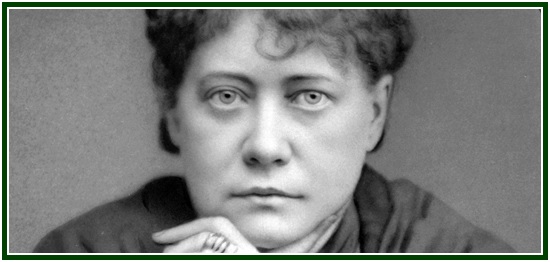
How to Deal With Thoughts
And Emotions At the End of a Cycle
The Theosophical Movement

Question:
How do we help someone terminally ill?
Answer:
A terminally ill person has a few hours, days or months left for a possible stay on earth, and death resulting from the incurable illness is certain. Few of us plan for our death or are ready for the eventuality or for the uncertainty of the future. Most people shirk the very idea and the mystery of death – either their own or that of their near ones. This avoidance “to consider”, is due to fear and anxiety, arising out of ignorance regarding the processes of life and death and their meaning. Some actually shirk the reality of death staring at them and which they are forced to accept. These attitudes arise out of the anguish felt, or because of a sense of helplessness, even denial and anger. Ignorantly, some may anticipate “darkness at the end of the tunnel” or an unknown destination. There is a fear that dying is a painful end. All these negative beliefs prevent us from making ourselves capable of helping the dying, or in one’s own case, to make peace with life and death.
To be able to provide support and comfort to the terminally ill person, we must not only understand the nature of terminal illness and death but have enough equipoise to be able to first take charge of ourself. It needs a certain amount of inner stamina, but above all it is love, tenderness and concern for the possible grief and suffering of the dying person that fortifies us to release our higher instincts to guide us. Love and goodwill, after all, are the most effective remedy for all problems concerning human relationships, or in handling our co-pilgrims in need of succour. For love leads to instinctive understanding of the need of our fellowmen and helps us handle, adequately, any life situation.
Given these qualities, needed in one on whom has fallen the opportunity to lend a helping hand and to back the sagging morale of the dying, little can be said as a thumb rule on “dos” and “don’ts”. For “love leads the way”, if we give it a chance!
By avoiding talking about death and dying, we deprive ourselves of possible moral support and emotional succour. However, if the person needs to talk, we must make ourselves fully open or show our readiness to share the grief, anxiety, anticipation and even his future plans. We have to help the individual to open up. For, some patients like to discuss freely, others prefer privacy, some resent pity, some crave for sympathy, some may actually withdraw into their shell. But even when apparently unconscious, the dying person is inwardly aware of the presence of others and that makes the difference. It makes him feel that the others do care, and let us say so by warm touch or by soothing words. No one should feel that he goes through it alone.
Dealing with emotions is an art. For instance, the crucial stage for close relatives to face, is to be able to help the individual overcome the initial shock, and later make dying acceptable to all concerned. Time and skill will help to bring this about. Meanwhile, it is soothing to talk about the things of interest or value relevant to him – “the good old days”, the precious things done together in the past, and even to revive pleasant memories and affections. Anything to bring out closeness, warmth, understanding, etc.
“Death is the final stage of growth” [1], and it is a door to a heaven of rest and recouping. The moment of death is never painful; it is release from pain and from a body that can serve no useful purpose any more. For some, as H.P.B. says, death comes as a deliverer and a friend. Our ancients believed that a great Being -Yama or Siva (our own Higher Self) – presides over death and dying. Such knowledge fortifies the living as well as the dying. And the hope of a great “after-life” helps many to go through it all peacefully. The least we can do is to send our best thoughts and ideations to the dying, so as to enable them to better endure their suffering.
NOTE:
[1] A reference to the book “Death, the Final Stage of Growth”, by Elisabeth Kübler-Ross, Prentice-Hall, New Jersey, USA, 1975, 182 pp.
000
The above article is reproduced from “The Theosophical Movement” magazine, Mumbai, India, December 2004 edition, pp. 62-63. Original title of the article: “Questions and Answers”.
000
In September 2016, after a careful analysis of the state of the esoteric movement worldwide, a group of students decided to form the Independent Lodge of Theosophists, whose priorities include the building of a better future in the different dimensions of life.
000
E-Theosophy e-group offers a regular study of the classic, intercultural theosophy taught by Helena P. Blavatsky (photo).

Those who want to join E-Theosophy e-group at YahooGroups can do that by visiting https://groups.yahoo.com/neo/groups/E-Theosophy/info.
000